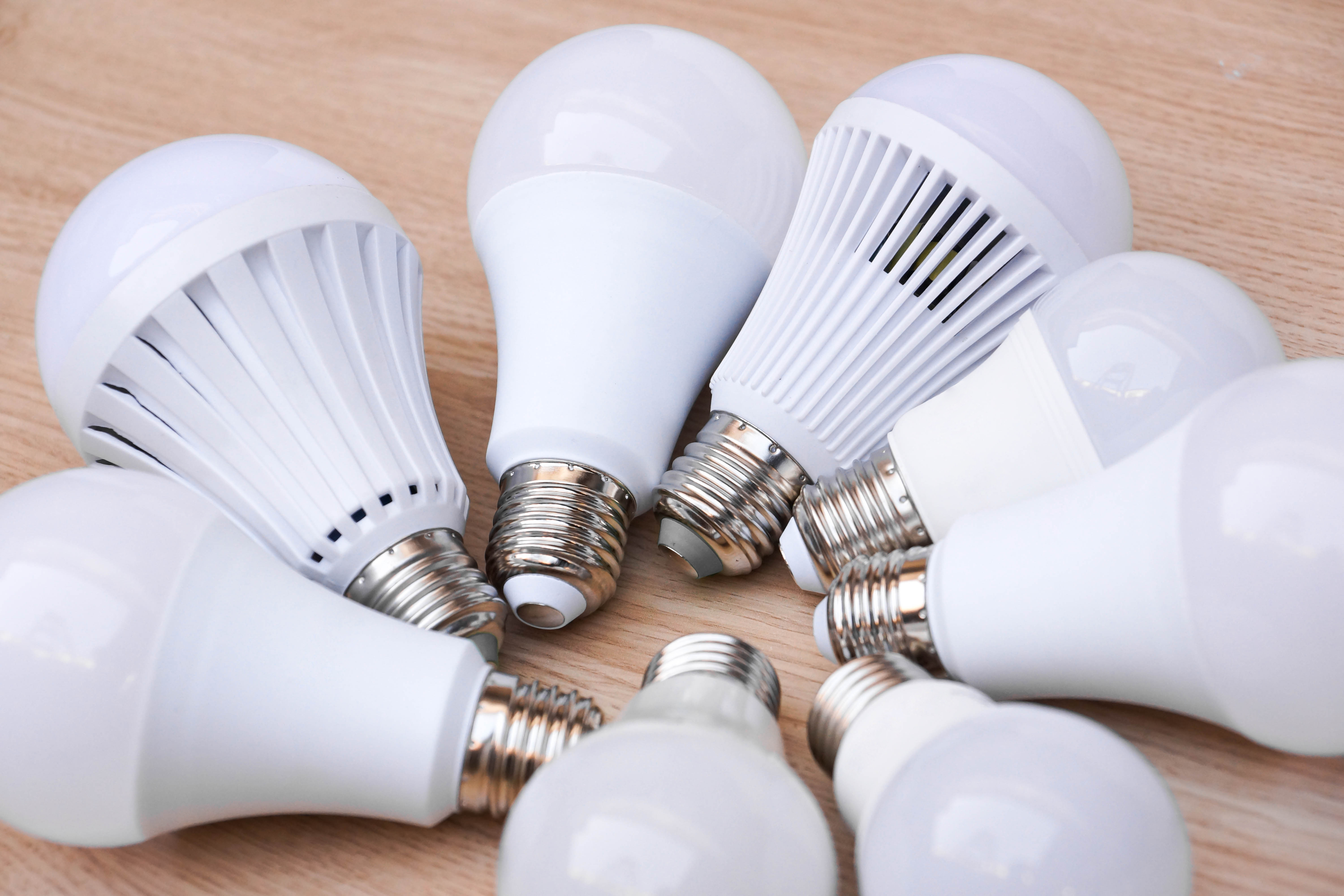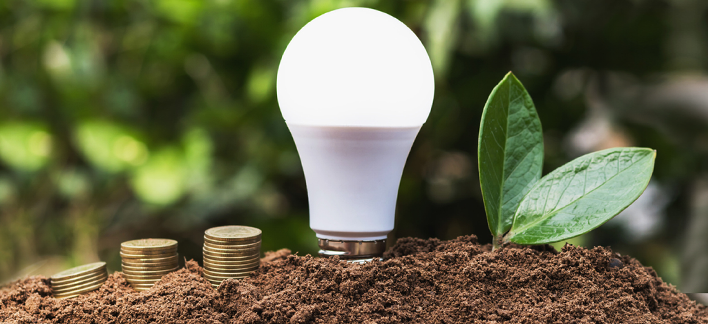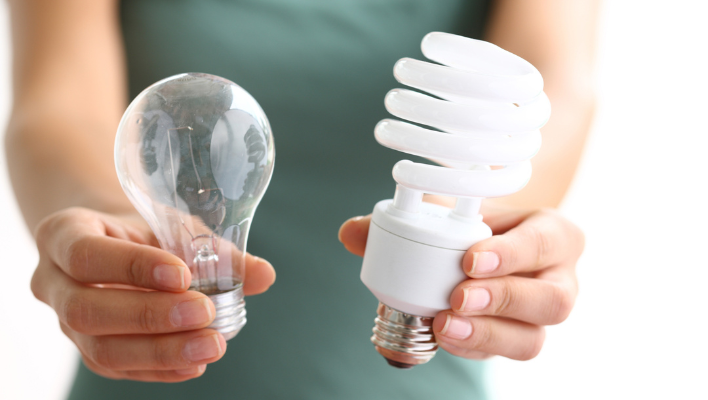
How to choose LED bulbs
To choose the most suitable model for your home environments, before buying the new lamps, follow Neoenergia's guidelines.
LED bulbs: how to choose the best model, advantages and benefits
Conscious consumption is a trend that can help us preserve the environment for future generations. Adopting it means changing our habits, starting to reflect before buying, such as: how can we reduce the impact of what we use on the planet's natural resources? And that starts with small actions, including the choice of lighting for our homes. LED bulbs are more efficient than fluorescent and halogen bulbs, meaning they use less energy to illuminate as well as others. Thus, it is possible to save on the electricity bill and still maintain more sustainable habits.
If you have ever researched the price of LED models, you have noticed that the price is usually slightly higher than that of the others. But the good news is that the investment is worth it. As the savings are up to 33% compared to fluorescent bulbs and they last about four times longer, this initial cost is offset within a few months. To choose the most suitable model for your home environments, before buying the new lamps, follow Neoenergia's guidelines.

The LED bulb can bring a lot of savings to the consumer. However, some people still wonder about their benefits compared to fluorescent bulbs. Therefore, here are the answers to the main questions on the topic:
 Durability - An LED bulb can last up to four times longer than a fluorescent one
Durability - An LED bulb can last up to four times longer than a fluorescent one
 Preservation of the environment - An important issue is that the LED lamp does not have toxic materials in its composition, such as mercury. It can be disposed of in common waste and its use helps to preserve the environment.
Preservation of the environment - An important issue is that the LED lamp does not have toxic materials in its composition, such as mercury. It can be disposed of in common waste and its use helps to preserve the environment.
Why install LED bulbs at home?
They use less energy despite having the same luminous flux as the fluorescent ones. That's why this model is more sustainable and efficient.What are the main advantages of LED bulbs?
In addition to energy savings, two positive aspects when opting for this model are:How much can you save on your electricity bill?
The savings on the electricity bill when choosing LED bulbs can be up to 33%. Therefore, even if the initial investment to buy them is slightly higher, it pays off in a few months of use:|
Lamp type
|
Power (equivalent)
|
Monthly expenditure of 5 bulbs used for 5 hours a day for 30 days. KWh cost of R$0.86
|
|---|---|---|
|
Fluorescent |
15W
|
R$ 9,67
|
|
LED |
10W
|
R$ 6,45
|

What should be considered when choosing the most efficient light bulb?
When buying, only choose the lamps that have the Procel Seal, which guarantees more efficiency.Check information such as:
- Lighting
- The lighting capacity is presented using the lumens measurement unit, which may appear on the packages in the area that indicates the luminous flux and with the abbreviation lm.
Before choosing, analyze the characteristics of the environment where the lamps will be installed, such as the size, colors of the ceilings and walls, and the location of windows. The wider, darker and with less natural lighting, the greater the luminous flux should be.- Potência
It is the indication, in Watts (W), and directly implies energy consumption. But beware: this is not a measure of lighting capacity, only of energy expenditure.
A tip is: if you are in doubt between two lamps with the same wattage, the most advantageous for you is the one with the highest luminous flux (measured in lumens).
- Efficiency
- Lamp efficiency is the ability to illuminate well while spending less energy. Among the LED models, which are already better than the others available on the market, you can evaluate which one has the highest luminous efficiency, expressed in lumens per watt (lm/W).

Other important information for buying the best lamp for you:
- Check that the voltage is appropriate for your region (127 volts, 220 volts, or bivolt)- Choose the color temperature that best suits you, measured in Kelvin (K). The larger it is, the whiter the light emitted:
- Yellow-orange (2700 K to 3000 K): most used in living rooms and bedrooms
- White (4000 K): common for work environments
- Blue-white (5000 K to 6500 K): suitable for kitchens and service areas.
- Pay attention to the Color Reproduction Index (CRI), which indicates the ability to faithfully reproduce the colors of the objects illuminated by the lamp. That is, if the colors seen with the lamp on will be real. The closer this index is to 100, the better the color reproduction. In LED models, it ranges from 80 to 90.
- Check that the lamp is dimmable, which is when you have the option of regulating luminous flux. With this, you can reduce it whenever you want, also decreasing the power to be able to save energy. This type of lamp is very often used in baby rooms.
Neoenergia Shares
Customers of Neoenergia's distributors in the Northeast (Neoenergia Coelba, Neoenergia, Cosern and Neoenergia Pernambuco) can benefit from the Energy with Citizenship project, which is part of the company's Energy Efficiency programs, regulated by the National Electric Energy Agency (ANEEL). The initiative replaces inefficient bulbs with LEDs, which are more economical and durable.

